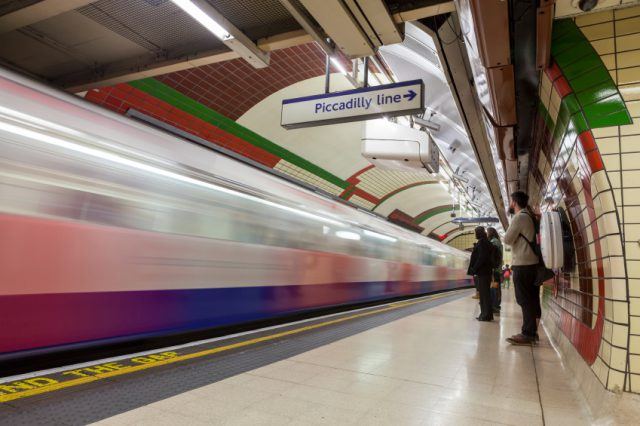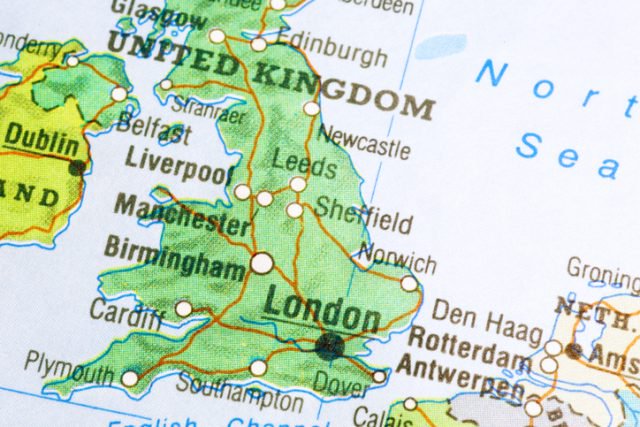Working Tenants Spend More than a Quarter of Earnings on Rent

Working Tenants Spend More than a Quarter of Earnings on Rent
Working tenants in England are spending more than a quarter of their monthly earnings on rent, new data from the GMB Britains General Union shows.
Research by the union found that the median rent in England for a two-bedroom property is now £650 per month – up from £550 in 2011.
At the same time, median monthly earnings in England, based on Office for National Statistics (ONS) data, are £2,375, meaning that working tenants are spending 27.4% of their income every month on rent. This is up from 24.9% in 2011.
The situation is worst in London and the South East, as the study found that working tenants are spending a huge 53.3% and 34.1% of their income on rent every month respectively.
This proportion drops slightly to 30% in the East of England.
The union comments: “Pay has to rise to allow workers to afford these ever-rising rents, so the public sector pay cap and the below inflation pay rises in both the public and private sectors has to end, to avoid a drop in consumer spending, which, if not checked, will lead to a further recession.
“We have been talking about this problem for far too long, and there can be no excuses for not providing housing to people that they can afford to live in on average wages.”
These findings correspond with a new report from The Independent, which shows that almost a third of private rental households struggle to pay their rent every month. Meanwhile, almost a quarter of tenants are now forced to claim housing benefit to help pay their rent.
As a result, private tenants are now the largest group of people being made homeless.
Even more worryingly, it appears that working tenants are now spending large proportions of their wages on unsafe and unsecure housing; the research revealed that around a third of private rental homes are now failing basic health and safety standards.
At a time when rent costs are rising so significantly, we urge all landlords to provide safe, secure and comfortable homes for their tenants – stick to the law at all times and consider their needs.









